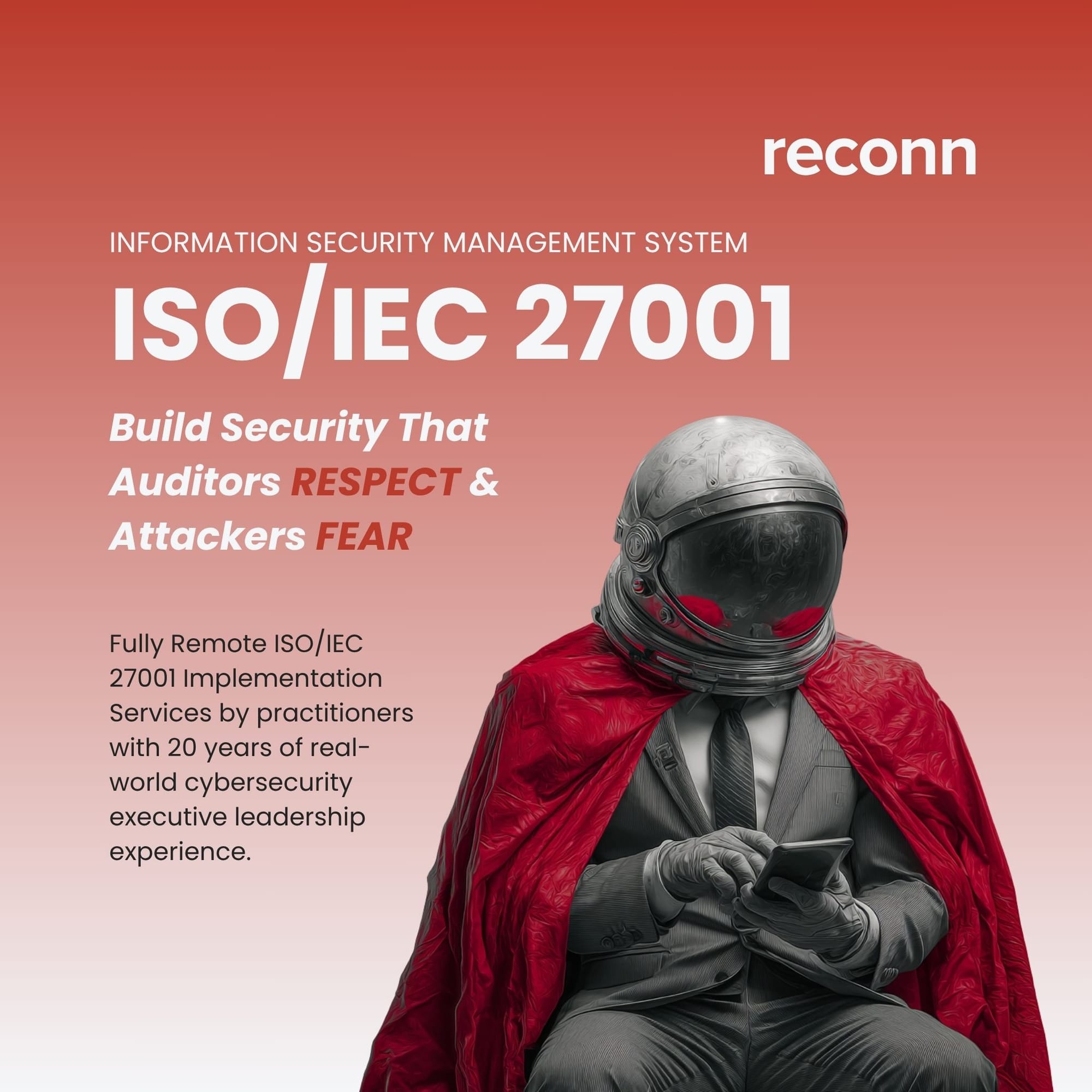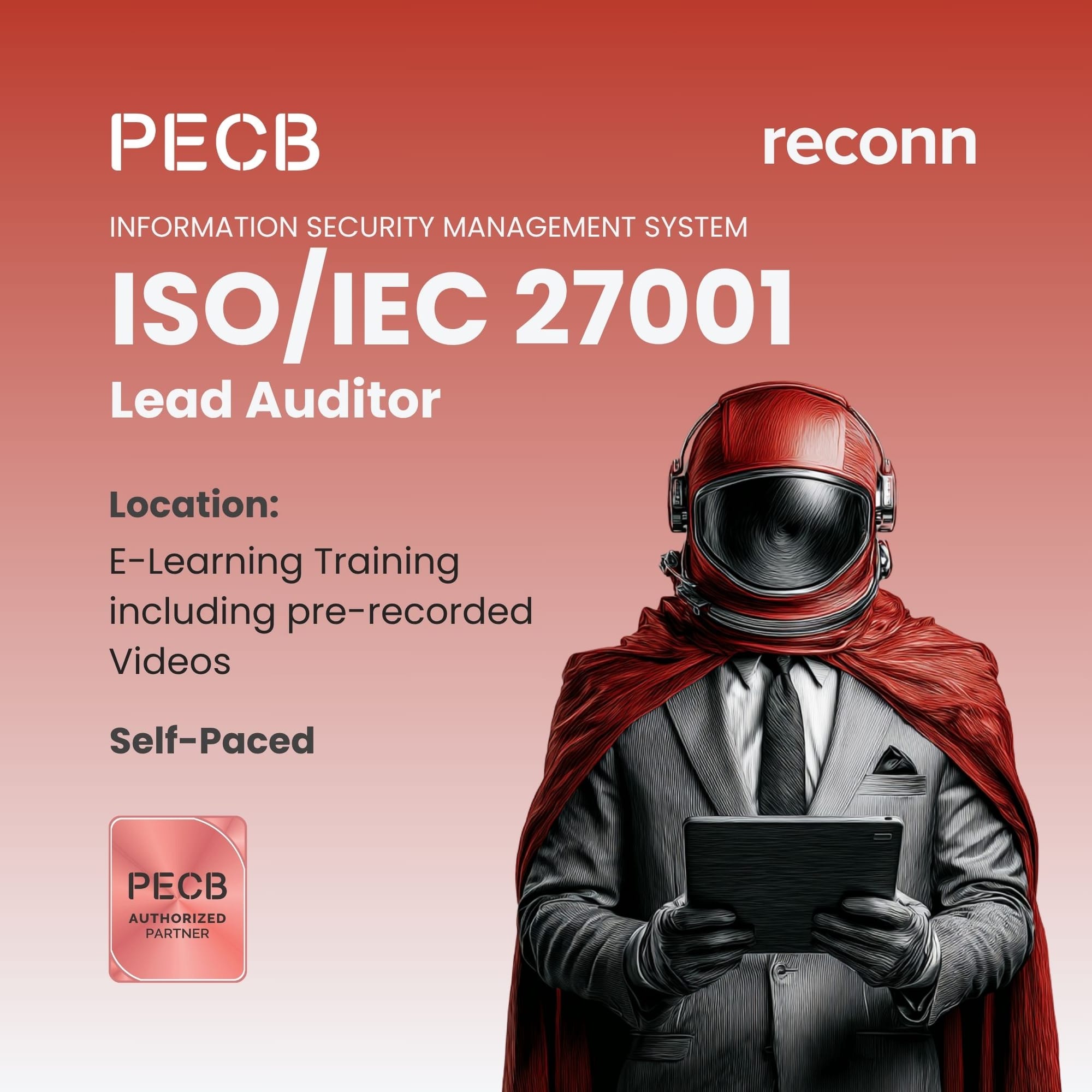Climate Change in ISO/IEC 27001: Why It Matters, What It Covers, and How to Assess Its Implications
Climate change is now in ISO/IEC 27001, reshaping how ISMS frameworks address resilience. Learn why this is a major step, what it covers, how to assess implications, and real-world examples

When the ISO/IEC 27001 standard was updated in 2022, one of the most discussed—and perhaps least expected additions was climate change. For many, this raised an immediate question: Why would a standard focused on information security management systems (ISMS) care about melting ice caps, heatwaves, or floods?
As someone who has implemented, and advised on ISMS frameworks for years, I can tell you this inclusion is not just symbolic, it’s strategic. It reflects the growing recognition that climate change is no longer an environmental issue alone; it is a core business continuity, compliance, and resilience issue.
In this article, I’ll unpack why ISO/IEC made this move, what’s actually covered, how to determine climate change implications for your ISMS, real-world examples of climate-induced disruptions to information security, and how organizations are adapting to this new normal.
Key Takeaways
- Climate change is now a recognized external issue in ISO/IEC 27001.
- Threats include flooding, extreme heat, storms, wildfires, and supply chain disruptions.
- Risk assessments must consider geographical vulnerabilities and supplier dependencies.
- Mitigation strategies involve geographical redundancy, supplier risk scoring, resilient design, and updated incident response plans.
- In the Middle East, heatwaves, flash floods, cyclones, and sandstorms are emerging as primary ISMS-impacting risks.

PECB Catalogue
Explore PECB’s globally recognized course catalogue featuring certifications in AI, cybersecurity, ISO standards, governance, risk, and compliance—designed for professionals seeking expertise and career advancement.
What’s New: ISO/IEC 27001 Amendment 1 on Climate Change
In February 2024, the International Organization for Standardization (ISO) published Amendment 1: Climate Action Changes to ISO/IEC 27001:2022, following the ISO–IAF joint communiqué.
This amendment adds just two short but impactful lines to the "Context of the Organization" clauses (Clause 4.1 and 4.2):
- Clause 4.1 (Understanding the Organization and Its Context):
“The organization shall determine whether climate change is a relevant issue.” - Clause 4.2 (Understanding the Needs and Expectations of Interested Parties):
“NOTE: Relevant interested parties can have requirements related to climate change.”
ISO and IAF view this as an extension of the existing context requirement—not demanding major overhaul, but ensuring climate change is consciously considered.
What It Means for Your ISMS
1. Documentation & Determination
- You must explicitly state whether climate change is relevant to your ISMS.
- If it's not relevant, that's fine—you simply need to note that determination in your context documentation or management review.
2. Enhancing Risk Awareness
- If climate change is relevant, integrate it into your risk assessment, treating it like any other external contextual factor that could affect the ISMS.
3. Policy, Metrics, and Controls
- Embed climate considerations into relevant ISMS components—business continuity planning, supply chain management, physical environment controls, or supplier SLAs where needed.
Why Climate Change Found Its Place in ISO/IEC 27001
The inclusion of climate change in ISO/IEC 27001:2022 stems from a larger push across ISO standards to embed climate considerations into governance and risk management frameworks. In February 2022, ISO passed a Climate Action Resolution, committing to systematically integrate climate-related concerns into management system standards.
From an ISMS perspective, the logic is simple:
- Information security doesn’t operate in a vacuum. Disasters, whether physical, environmental, or societal can disrupt data centers, communications infrastructure, supply chains, and human resources.
- Climate change multiplies existing risks. Flooding, wildfires, heatwaves, and severe storms are no longer “rare events” but recurring threats that directly affect the availability and integrity of information systems.
- Resilience and continuity are core ISMS principles. ISO 27001 has always emphasized risk-based thinking. Climate change is now recognized as a risk driver that can trigger both direct and indirect security incidents.
By embedding climate change into the context of the organization clause (Clause 4.1 and 4.2), ISO is signaling that organizations must consider environmental changes as part of their ISMS planning, risk assessment, and operational controls.
What the Standard Covers: Climate Change in ISO 27001
Climate change in ISO/IEC 27001 is not a standalone control, it’s part of understanding the internal and external issues that can affect the ISMS.
The standard requires organizations to:
- Identify relevant external issues (Clause 4.1), explicitly including climate change as an example.
- Understand the needs and expectations of interested parties (Clause 4.2), considering how climate-related disruptions may affect obligations.
- Integrate climate considerations into risk assessment and treatment (Clause 6.1), ensuring business continuity and resilience plans reflect environmental threats.
- Plan for recovery and adaptation (linked to Annex A controls like A.5.29 – Information Security During Disruption, and A.17 – Information Security Aspects of Business Continuity).
This doesn’t mean ISMS auditors will ask for your carbon footprint report. Instead, they’ll be looking for evidence that climate-related risks have been identified, assessed, and addressed in your ISMS.

ISO/IEC 27001 Remote Implementation Services
Fully Remote ISO/IEC 27001 Implementation Services by practitioners with 20 years of real-world cybersecurity executive leadership experience.
How to Determine Climate Change Implications for Your ISMS
The practical question for every ISMS manager is: How do I assess climate change implications in a meaningful, auditable way?
Here’s a structured approach, aligned with PECB’s methodology and ISO’s climate guidance:
Step 1: Identify Climate-Related Threats to Your Assets
- Map your critical information assets (servers, data centers, networks, archives, cloud environments).
- Identify physical, operational, and supply chain threats linked to climate change:
- Flood risk to on-premise data centers.
- Heatwaves increasing cooling costs and hardware failures.
- Wildfires impacting regional power grids.
- Storm surges disrupting undersea cables.
Step 2: Assess Geographical Vulnerability
- Use location-based risk maps (e.g., IPCC reports, national meteorological data, insurer climate risk maps).
- Evaluate each site’s exposure to extreme weather events.
- Factor in local infrastructure resilience, two cities may face the same flood risk, but one may have far better drainage systems.
Step 3: Consider Upstream and Downstream Dependencies
- Look beyond your own sites, assess critical suppliers, ISPs, and cloud providers.
- Example: A European company using a Southeast Asian cloud backup facility might face downtime if the facility is in a typhoon-prone area.
Step 4: Evaluate Impacts on Confidentiality, Integrity, Availability (CIA)
- Confidentiality: Natural disasters may cause physical document loss or theft in chaotic conditions.
- Integrity: Power fluctuations during storms can cause data corruption.
- Availability: Flooded facilities or disrupted comms networks can knock systems offline.
Step 5: Integrate into Risk Assessment
- Update your ISMS risk register to include climate-driven threats.
- Assign likelihood and impact ratings using the same methodology as for other threats.
- Prioritize based on the potential to disrupt critical business processes.
Step 6: Implement Mitigation and Adaptation Measures
- Relocate or harden vulnerable infrastructure.
- Diversify suppliers and hosting locations.
- Strengthen backup and disaster recovery capabilities.
- Update incident response playbooks with climate scenarios.

ISO/IEC 27001 Lead Auditor Certification
100% Online ISO/IEC 27001 Lead Auditor Certification program. Choose between self-study or elearning delivery option. Includes official courseware from PECB and 2x Examination attempts.
Real-World Examples of Climate Change Disrupting ISMS
To make this real, let’s look at known events where climate change-linked phenomena directly impacted information security and operations:
a) Hurricane Sandy (2012) – New York, USA
Several financial institutions had their data centers flooded, leading to prolonged downtime. Backup power systems failed because fuel pumps were submerged. Lessons learned:
- Physical security of data centers must consider flood defenses.
- Fuel storage for generators needs to be accessible in floods.
b) Australian Bushfires (2019–2020)
Smoke and heat waves damaged telecom infrastructure and caused widespread power outages. ISPs faced connectivity losses, and some companies lost access to remote backups for weeks.
- Highlights the need for geographical redundancy in hosting.
c) Thailand Floods (2011)
Global hard drive production was hit as major factories flooded, causing a supply shortage. Organizations dependent on physical storage expansion faced operational delays.
- Shows how climate change can affect supply chain security.
d) European Heatwave (2019)
Data centers in the UK and Netherlands reported outages due to cooling system failures. Some facilities exceeded safe operating temperatures, forcing shutdowns.
- Demonstrates availability risks in rising temperature zones.
Why Climate Change Implication Addition is a Great Step by ISO/IEC
From my professional perspective, ISO’s move is both visionary and practical.
- Visionary because it acknowledges that information security is intertwined with global environmental realities.
- Practical because it prompts organizations to address vulnerabilities they might otherwise overlook until it’s too late.
This addition pushes organizations to:
- Move from a reactive to a proactive resilience model.
- Enhance stakeholder confidence by demonstrating awareness of long-term risks.
- Align with ESG (Environmental, Social, and Governance) reporting, which is increasingly expected by investors and regulators.
How Organizations Are Adapting
I’ve seen organizations take several adaptive measures since climate change appeared in ISO 27001:
- Cloud Migration with Multi-Region Redundancy: Moving workloads to cloud providers with multiple geographically dispersed data centers.
- Climate-Resilient Data Center Design: Elevating critical infrastructure, enhancing cooling systems, and using renewable energy with on-site storage.
- Supplier Risk Scoring: Incorporating climate vulnerability into vendor selection criteria.
- Scenario-Based Continuity Drills: Running tabletop exercises on how a flood, wildfire, or heatwave could disrupt information security.
- Policy Integration: Adding climate change as a named risk category in ISMS documentation and Board-level risk reports.
Conclusion: Climate Change as a Security Imperative
The inclusion of climate change in ISO/IEC 27001 is not a box-ticking exercise. It’s a recognition that information security is only as strong as the environment in which it operates.
Whether you run a data center in Dubai, a bank in London, or a manufacturing plant in Southeast Asia, climate change will test your ISMS sooner or later.
The organizations that thrive will be those that embed climate resilience into their ISMS now, not after the next disaster hits.
At reconn, we’ve seen first-hand how integrating climate considerations into ISMS not only strengthens security posture but also sends a strong signal to regulators, customers, and partners that you are committed to resilience in the truest sense.



